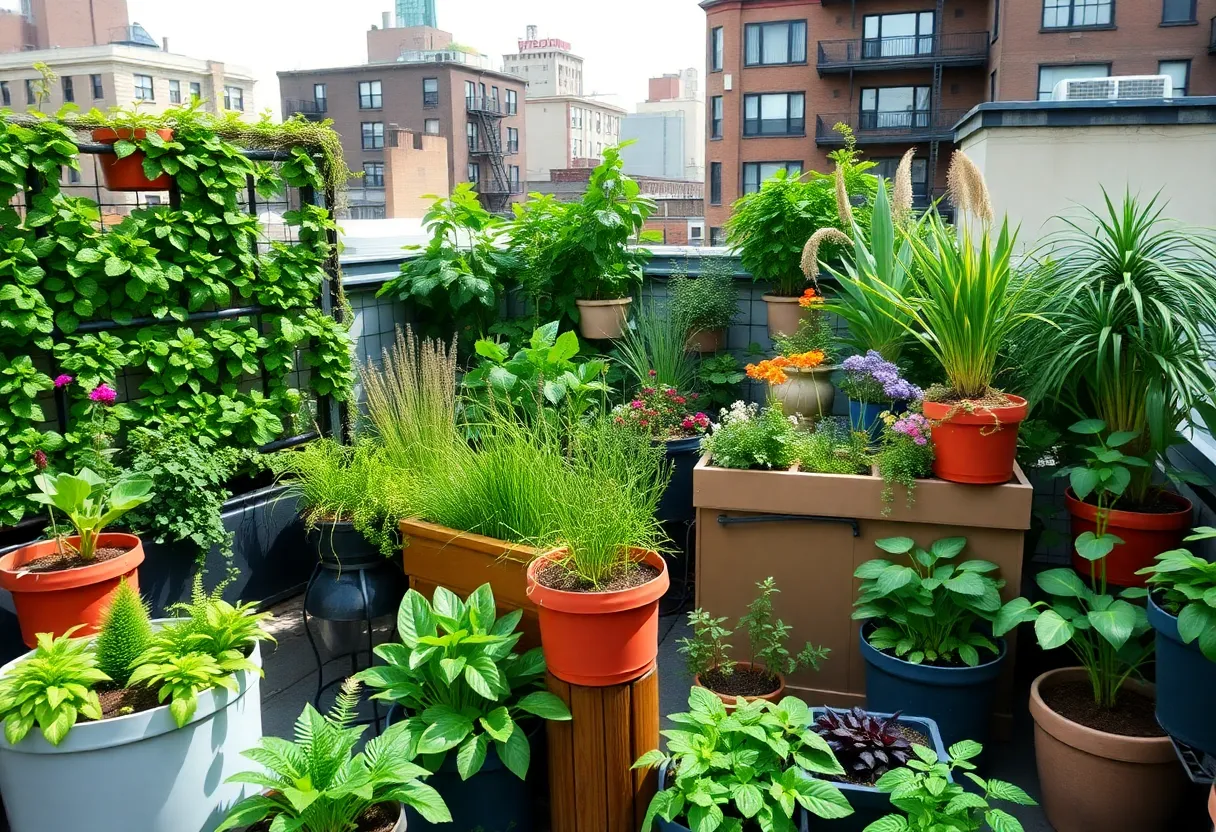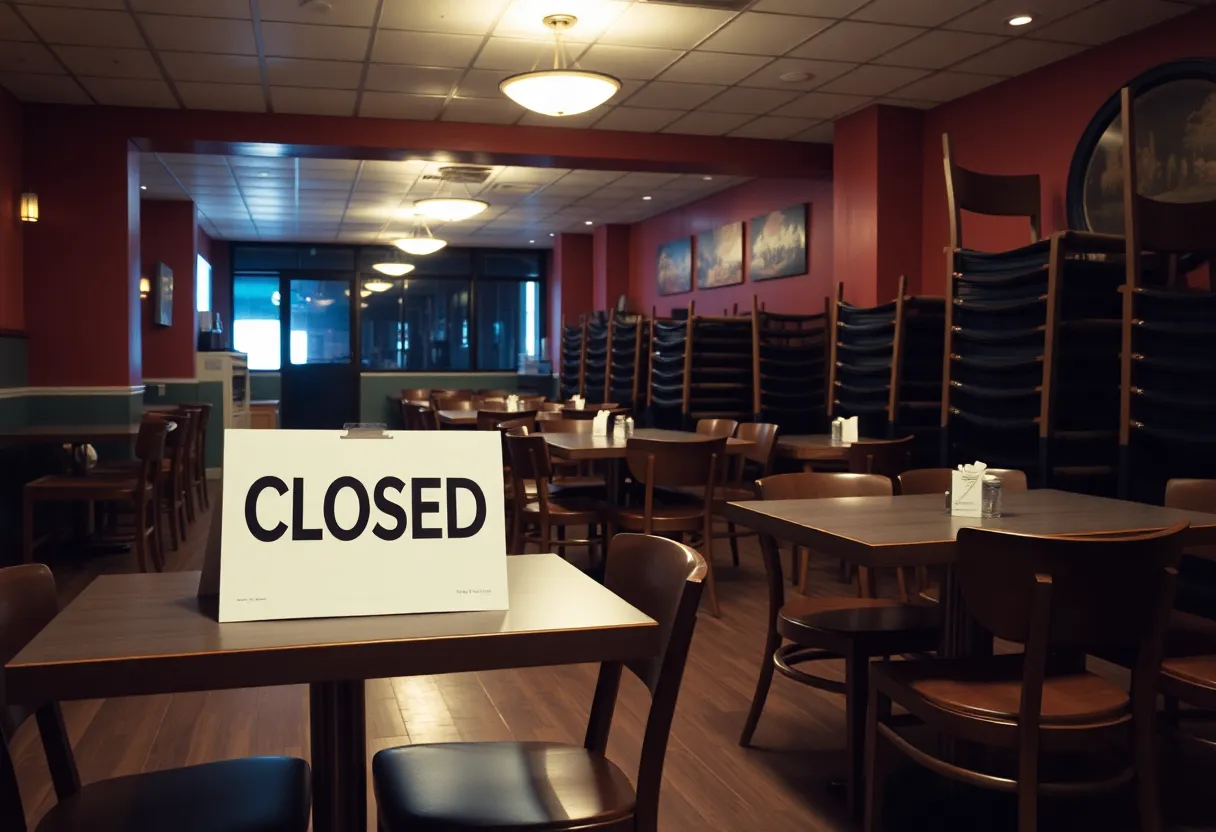10 Unique Urban Gardening Hacks for Small Spaces in New York
Urban gardening within the confines of New York City presents distinct challenges rooted in limited space and environmental constraints. Yet, innovative solutions enable residents to cultivate lush, productive gardens even within tight quarters. This guide explores ten strategic hacks specifically designed for small spaces in NYC, emphasizing efficiency, sustainability, and aesthetic appeal.
1. Vertical Gardening with Trellises
Vertical space utilization is a cornerstone of small-space gardening. Installing trellises on walls, fences, or balcony supports allows climbers such as tomatoes, cucumbers, beans, and melons to grow upward, freeing up valuable ground area. Materials vary from wood and metal frames to repurposed household items, enabling customization to match urban aesthetics. Strategic placement optimizes sunlight exposure and airflow, reducing disease risk and fostering healthy growth. Moreover, vertical methods can significantly increase yield per square foot, transforming vertical surfaces into lush green walls.
2. Container Gardening with Stackable Pots
Stackable pots harness vertical space, creating multilayered planting environments in compact areas. Modular in design, these containers facilitate diverse plantings—herbs, salads, flowers—in a minimal footprint. Their mobility allows adjustment to seasonal sunlight variation, ensuring plants receive optimal exposure. This approach is especially suited for balconies, windowsills, or rooftop corners, effectively maximizing productivity without crowding the limited ground area.
3. Repurposing Pallets for Planters
Old wooden pallets offer an eco-friendly, cost-effective foundation to fabricate vertical or horizontal planters. By attaching plant pockets to pallet slats or leaning pallets against walls, urban gardeners craft multi-tiered plant beds. This method is ideal for herbs, small vegetables, or ornamental plants. Using reclaimed materials adds rustic charm, promotes sustainability, and reduces waste. Proper sealing and drainage are crucial to prevent wood rot and maintain healthy root zones.
4. Implementing Hydroponic Systems
Hydroponics provides a soil-free cultivation alternative for constrained spaces. These systems circulate nutrient-rich water directly to plant roots, offering efficient space utilization and faster growth cycles. Vertical hydroponic setups are scalable for indoor or rooftop environments and support year-round cultivation—crucial for NYC’s variable seasons. Benefits include minimized pest issues, reduced water usage, and precise nutrient management, making hydroponics a strategically advantageous method for urban growers seeking high-density productivity.
5. Utilizing Window Boxes for Herb Gardens
Window boxes are a compact, accessible solution for growing fresh herbs like basil, parsley, mint, and chives. Positioned on windowsills or balcony rails, they provide convenient harvesting and add visual greenery to living spaces. Adequate drainage and sunlight are essential—select containers with drainage holes and place boxes where they will receive at least 4-6 hours of direct sunlight daily. Regular watering and fertilization support robust growth, transforming windows into mini-greenhouses.
6. Creating a Rooftop Garden Oasis
For those with rooftop access, transforming an underutilized space into a garden oasis can dramatically enhance urban living. Raised beds or container gardens can host vegetables, fruits, and *perennials or decorative plants*. Rooftop gardens contribute to urban heat island mitigation, provide insulation, and manage stormwater runoff. Adequate structural assessment and wind protection are fundamental. Elevating the space with seating and planters achieves a tranquil retreat amid city bustle, blending functionality with relaxation.
7. Implementing Drip Irrigation Systems
Automatic drip irrigation ensures efficient, consistent watering—crucial in small, densely planted gardens. These systems deliver water directly to plant roots, reducing waste and preventing overwatering. Modular drip lines can be customized for containers, beds, or vertical setups. Installation is straightforward and reduces labor, making maintenance simpler and less time-consuming, especially important for urban gardeners managing multiple small plots.
8. Using Reflective Surfaces to Enhance Light Exposure
Enhancing sunlight access can significantly augment plant health. Incorporating reflective surfaces—like mirrors, white-painted panels, or aluminum foil—near plants redirects sunlight toward shaded or low-light areas. This technique maximizes natural light, encouraging photosynthesis and vigorous growth in spaces with limited direct sunlight. Strategic positioning ensures ambient light is amplified without creating heat stress, vital for maintaining vibrant, healthy foliage.
9. Incorporating Community Gardens
Participation in community gardens extends small-space efforts by sharing larger plots, tools, and knowledge. They foster collaborative learning, cultural exchange, and resource pooling. Access to shared infrastructure—composting stations, water sources, and educational workshops—can drastically improve gardening success. Community engagement enhances social well-being and environmental consciousness, transforming individual efforts into a collective movement that strengthens neighborhood ties and promotes sustainable urban development.
10. Practicing Companion Planting
Companion planting involves pairing plants that mutually benefit each other—deterring pests, improving soil health, or enhancing flavor. For example, planting basil near tomatoes can repel aphids and boost tomato flavor. Carrots grow well alongside onions to deter pests, while marigolds can act as natural pest repellents for multiple crops. This method optimizes space, reduces chemical use, and promotes healthy, thriving plants through bio-friendly interactions. Applying scientific pairing principles ensures maximized yields and minimized problems in tight urban environments.
Conclusion
By systematically implementing these innovative urban gardening hacks, residents of New York City can transform tiny plots into productive green spaces. Each strategy emphasizes practicality, ecological sustainability, and aesthetic integration, fostering urban resilience and mental well-being. As environmental awareness grows, small-space gardening becomes not only feasible but essential—creating verdant retreats amidst concrete landscapes and contributing positively to urban ecosystems.
Author: STAFF HERE NEW YORK WRITER
The NEW YORK STAFF WRITER represents the experienced team at HERENewYork.com, your go-to source for actionable local news and information in New York, the five boroughs, and beyond. Specializing in "news you can use," we cover essential topics like product reviews for personal and business needs, local business directories, politics, real estate trends, neighborhood insights, and state news affecting the area—with deep expertise drawn from years of dedicated reporting and strong community input, including local press releases and business updates. We deliver top reporting on high-value events such as New York Fashion Week, Macy's Thanksgiving Day Parade, and Tribeca Film Festival. Our coverage extends to key organizations like the Greater New York Chamber of Commerce and United Way of New York, plus leading businesses in finance and media that power the local economy such as JPMorgan Chase, Goldman Sachs, and Bloomberg. As part of the broader HERE network, including HEREBuffalo.com, we provide comprehensive, credible insights into New York's dynamic landscape.





